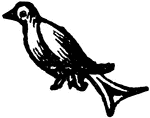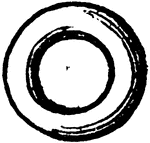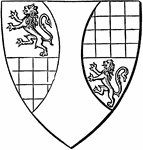
Mural Crown
"The mural crown is a circle of fold embattled, and it is associated with military success in sieges."—Aveling,…

Naval Crown
"The naval crown is a golden circle surmounted with sterns and square sails of ships, placed alternately."—Aveling,…

Crown Vallary
"The Crown Vallary is a circlet of gold, with palisades fixed to the rim and rising above it."—Aveling,…

Eastern Crown
"The Eastern Crown, called also the Radiated and the Antique crown, is borne both as a crest and as…

Augmented Shield of Howard
The heraldic shield of the British Howard family, after its augmentation.

De Bohun Badge
"De Bohun badge. From the central spandrel of the Canopy of the Brass to Alianore de Bohun, Duchess…

Badge of Abbot John de Wheathamstede
The heraldic badge of Abbot John de Wheathamstede. This badge has a rebus, or a visual pun representing…

Helm of Baronet
"The Helm of Baronet and Knights is of steel, garnished with silver, and standing affronté; the…

Helm of Esquire
"The Helm of Esquires and Gentlemen has the vizor closed, and is placed in profile."—Aveling,…

Arms of the Heralds' College
The coat of arms for the office that regulates heraldry and granting new armorial bearings.
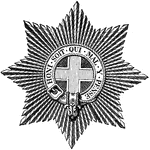
Star of the Order of the Garter
"The Star is the badge, first ordered by Charles I. The rays are of silver or diamonds. The star is…
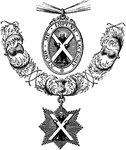
Insignia of the Order of the Thistle
"The Jewel or Badge, attached to the collar, or worn depending from a broad dark green ribbon which…
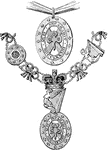
Insignia of the Order of St. Patrick
"The ribbon, of sky-blue, four inches in width, is worn over the right shoulder, and sustains the badge…

Insignia of the Order of the Bath
"The collar, of gold, in weight thirty ounces, is composed of nine imperial crowns, and eight groups…

Insignia of the Order of the Star of India
"This Order was instituted by Her Majesty the Queen, in the year 1861, for bestowing honor upon the…




